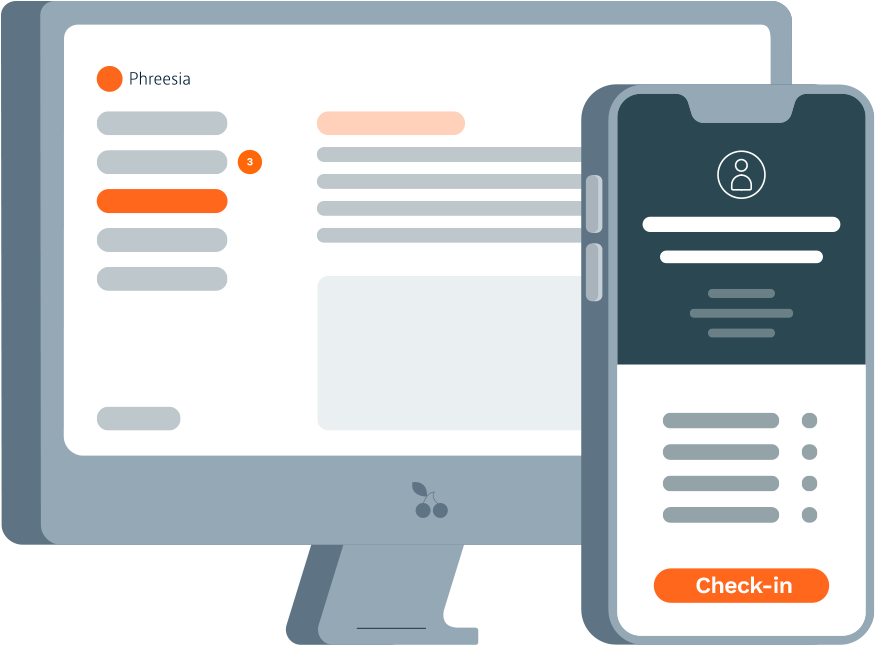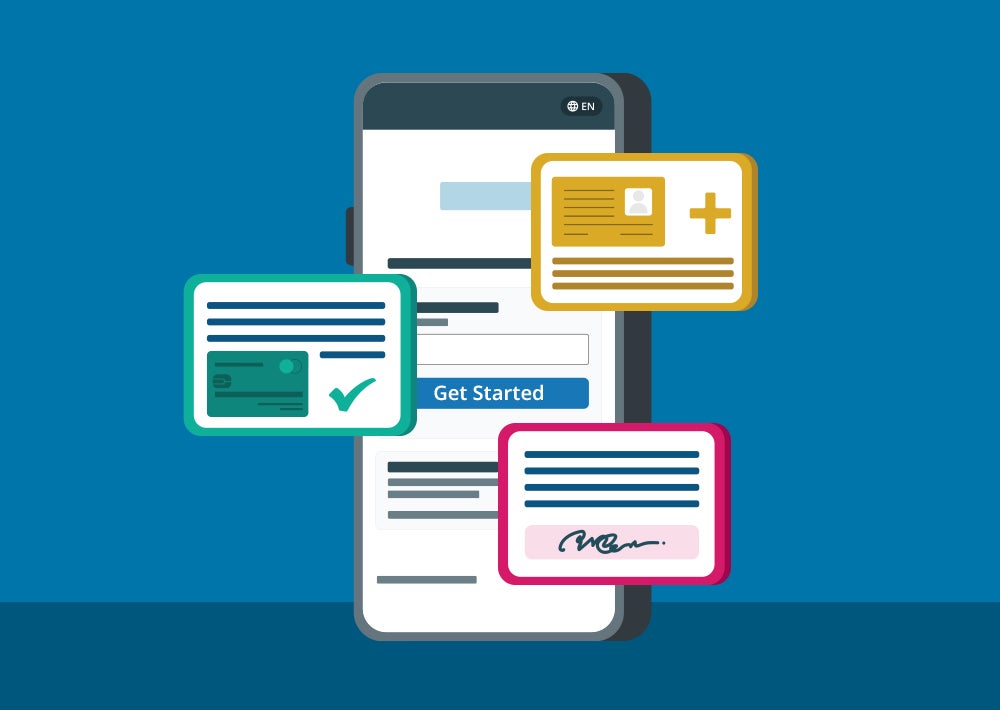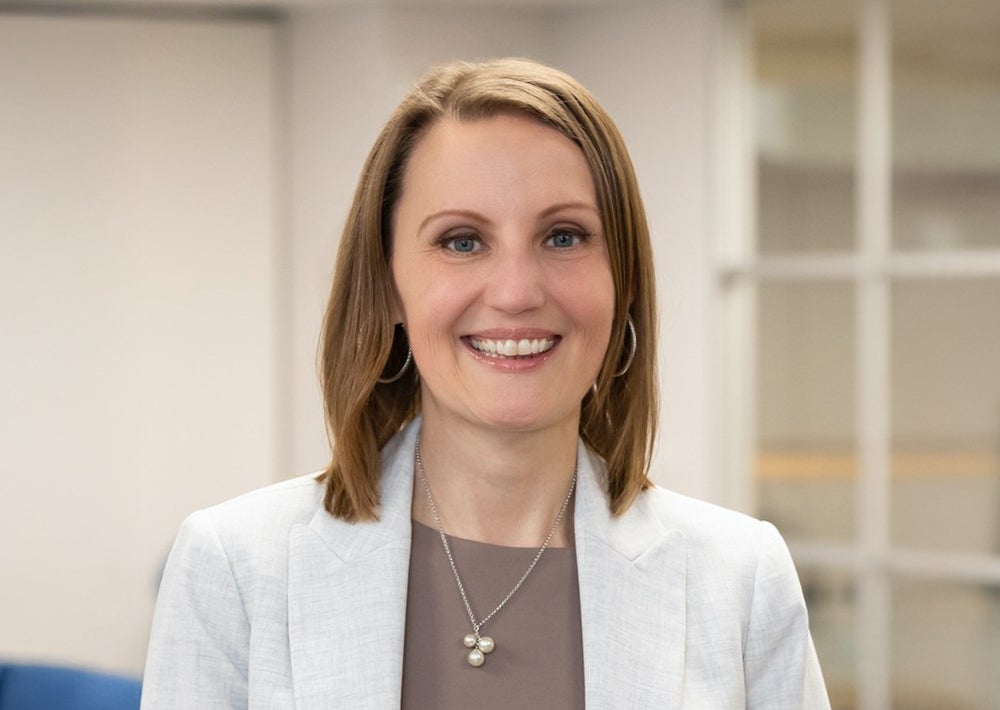Unpaid patient balances remain a persistent challenge for healthcare organizations, adding strain to front-office and billing teams. As patients assume greater responsibility for their medical expenses, many organizations still rely on outdated or manual collection methods.
To improve results, staff need a proactive, structured approach—one that spans the entire patient journey and leverages digital tools to encourage timely payments. This guide outlines practical, proven strategies for improving collections.
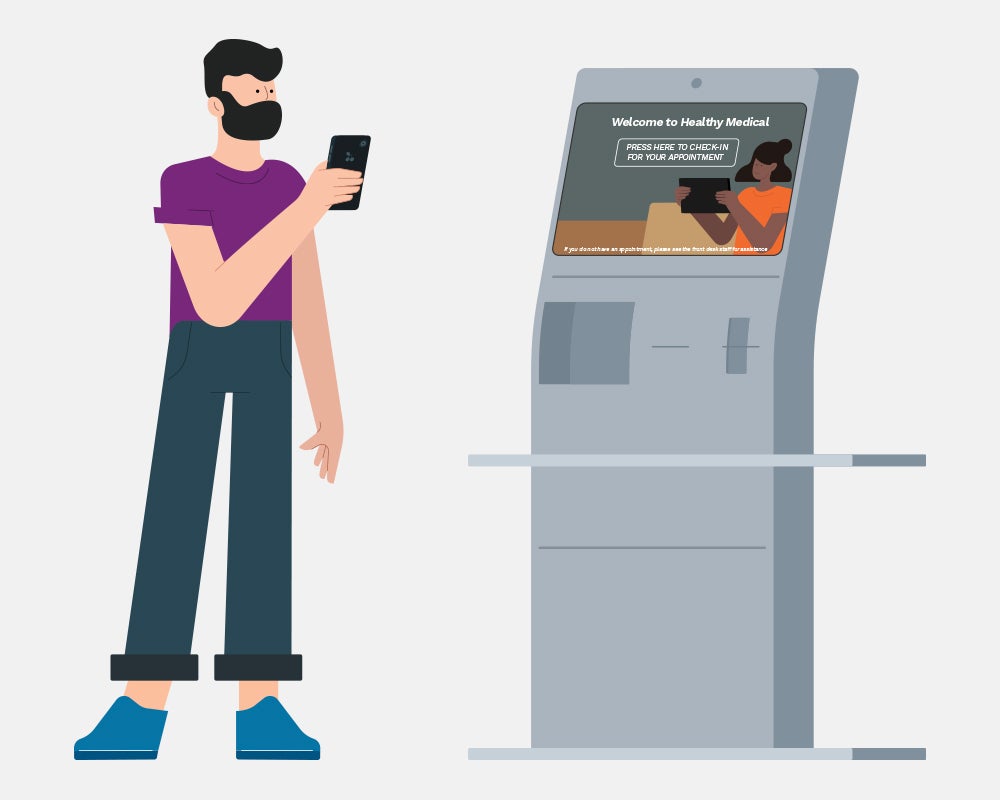
How can healthcare staff collect outstanding balances?
The best way to collect patient balances is by combining pre-visit payment estimates, in-office digital tools like kiosks or mobile check-in and automated post-visit billing. These methods help reduce missed payments and ease staff workload.
Unpaid balances are a common issue in medical organizations. By using a structured, technology-supported approach, front-office and billing teams can improve collection rates and create a smoother experience for patients.
Collecting outstanding balances from patients is a key responsibility for healthcare front-office and billing staff. The most effective approaches combine clear communication, digital tools and a workflow that encourages timely payment—starting before the visit and extending after it, when necessary. Using digital payment solutions, patient education and process automation can help reduce staff burden and improve collection rates.
Step-by-step: How to collect patient balances across the care journey
Want to streamline collections and reduce outstanding balances? Follow this step-by-step approach to implement best organizations at each stage of the patient journey.
Step 1: Verify insurance and estimate out-of-pocket costs
- Confirm eligibility and benefits before the appointment.
- Generate a clear, itemized estimate of the patient’s expected cost.
Step 2: Communicate costs and request pre-visit payments
- Send emails or texts with payment estimates and secure payment links.
- Offer incentives for early payments or card-on-file enrollment.
Step 3: Enable digital check-in and point-of-service payments
- Use mobile check-in or kiosks for quick, contactless payments.
- Prompt staff to collect any outstanding balances or copays at the time of service.
Step 4: Automate post-visit billing workflows
- Send digital statements via email or text.
- Enable payments through a portal, mobile link or autopay option.
Step 5: Offer flexibility and follow-up
- Provide payment plan options for high balances.
- Schedule automated reminders and follow-ups for missed payments.
Each step builds on the last, creating a seamless, patient-friendly experience that boosts collection rates and reduces staff workload.
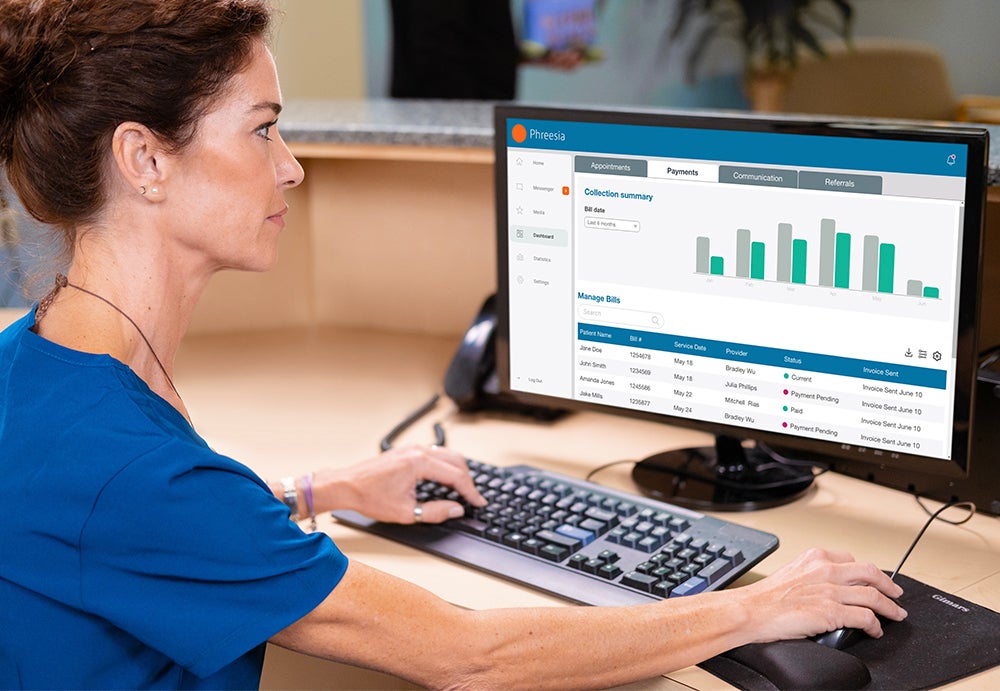
KPIs to track collection success
Even with the right tools in place, you can’t improve what you don’t measure. Tracking key performance indicators (KPIs) is essential—not just to assess where you stand, but to make informed decisions that enhance your financial outcomes.
Here are three metrics every healthcare organization should monitor closely:
1. Average days to payment: Are you getting paid on time?
For many organizations, the financial clock starts when the patient leaves. Every day a payment is delayed increases the administrative burden and the risk of nonpayment.
Industry benchmark: Aim for payment within 30 days of service.
Reality check: According to MD Clarity, many organizations exceed this—especially those using paper statements or manual follow-ups.
Why it matters: Reducing days to payment, even slightly, improves cash flow. Tactics like automated reminders, card-on-file or pre-service collections can make a measurable difference.
2. Patient responsibility collection rate: Are you leaving money on the table?
Patient financial responsibility is now a major revenue source—and one of the hardest to collect.
Target rate: Your net collection rate (NCR) for patient responsibility should exceed 95%.
If it’s lower: You may have gaps in communication, friction in payment methods or lack of follow-up.
Why it matters: Low NCR reflects workflow inefficiencies, not just payment issues. Organizations using digital tools and clear cost estimates consistently collect more—and faster—than those relying on traditional methods.
3. Percentage of payments made before the visit: Are you getting ahead of the game?
Imagine shifting collections forward—getting paid before the visit instead of after. It’s already happening.
Trend: Nearly 1 in 4 hospitals now collect payment in advance, according to The Wall Street Journal.
Opportunity: If you’re collecting only at checkout—or worse, through mailed statements—there’s room to improve.
Why it matters: Pre-visit payments via mobile check-in or online estimates reduce downstream collections and increase payment rates.
Data tells a story—and for healthcare billing teams, that story often starts with missed opportunities. By consistently tracking these KPIs, you’ll identify inefficiencies, benchmark your performance and ultimately collect more with less effort.
Why do patients leave balances unpaid
Understanding why patients don’t pay can help shape a more effective collection strategy. Common reasons include:
- Lack of price transparency or patient confusion
- Insurance denials or non-covered services
- Inconvenient payment methods
- Delayed or unclear billing communication
A strategic, well-structured workflow can address each of these barriers.
What pre-visit strategies improve collections
Collecting before the visit is often the most effective way to reduce downstream payment issues. Consider:
- Eligibility and benefits checks: Confirm insurance coverage and patient responsibility in advance.
- Pre-visit communications: Send texts or emails with payment estimates, copay details and secure payment links.
- Online intake with payment capture: Streamline registration and payment using secure digital forms.
- Upfront payment prompts: Encourage card-on-file enrollment or full payment of expected balances prior to the visit.
Example: Platforms like Phreesia enable organizations to collect copays and estimated balances digitally before a patient arrives, reducing friction and surprise charges.
Can you collect at check-in or check-out
Yes—and digital tools make it simple and efficient.
- Self-service kiosks or tablets: Allow patients to check in and pay at the front desk.
- Mobile check-in: Let patients complete intake and payment on their own devices.
- Staff prompts: Use scripts and system alerts to remind staff to collect known balances.
Many tools also support flexible payment plans for larger balances, giving patients options without overloading staff.
What happens post-visit
If a balance remains after the visit, a structured, automated billing process is essential. Best organizations include:
- Automated notifications: Send emails or texts with embedded payment links.
- Digital statements: Reduce paper bills with mobile-friendly communications.
- Patient portals: Let patients view and pay balances at their convenience.
- Card-on-file processing: With patient consent, automatically charge small balances using saved payment methods.
- Flexible payment plans: Offer digital enrollment in recurring payment options.
These tools reduce administrative overhead while enhancing patient satisfaction and cash flow.

How can you use technology to support your staff
Billing and front-office staff are often stretched thin by manual processes and patient questions. Technology can help by:
- Automating reminders and statements
- Eliminating repetitive tasks like printing and mailing
- Delivering clear estimates to patients
- Providing visibility into patient balances throughout the care journey
Example: Platforms like Phreesia centralize these functions, enabling staff to focus on high-impact tasks instead of chasing payments.
Start early, stay digital, make it easy
The most effective collections strategies begin before the patient arrives and continue with seamless, tech-enabled workflows. Offering multiple payment touchpoints—before, during and after the visit—minimizes missed payments and improves the experience for both patients and staff.

